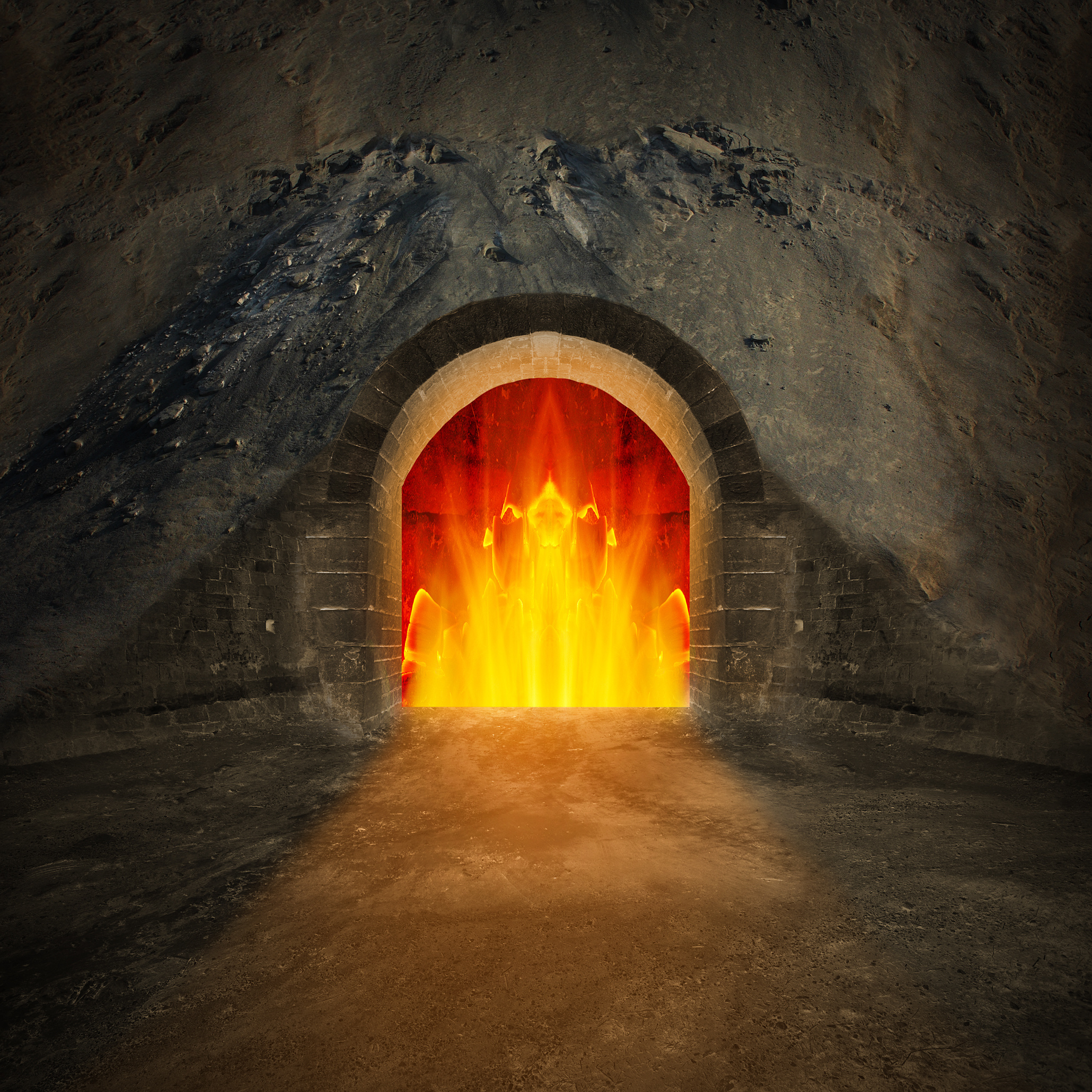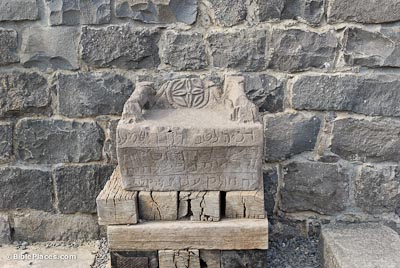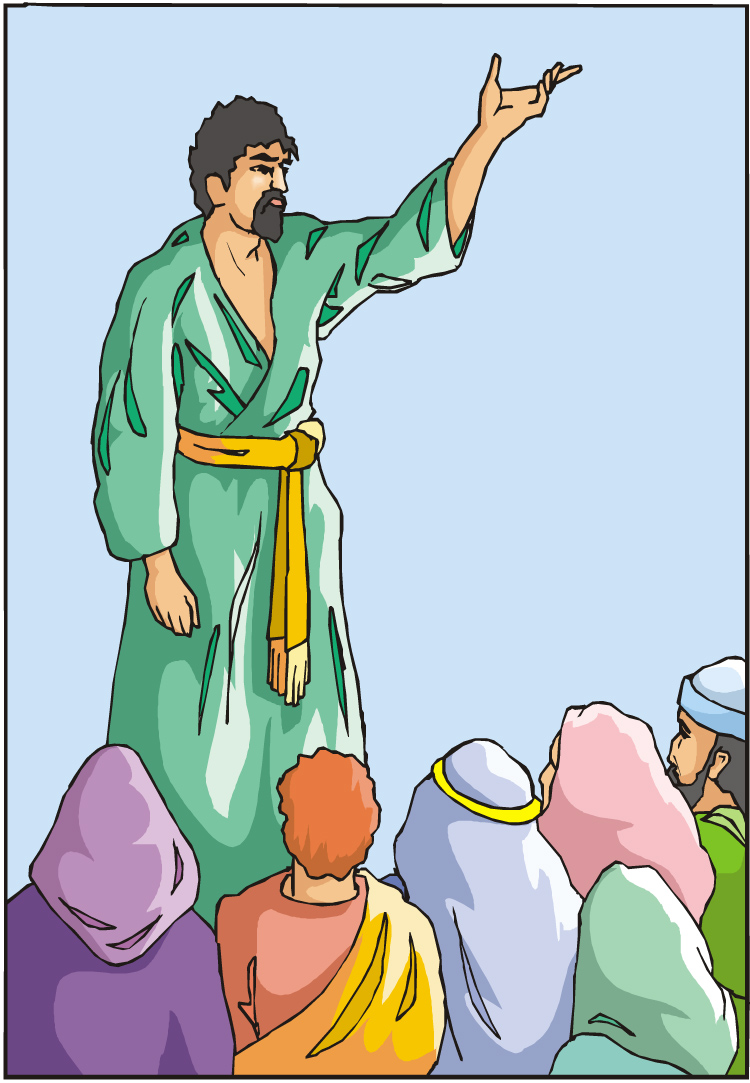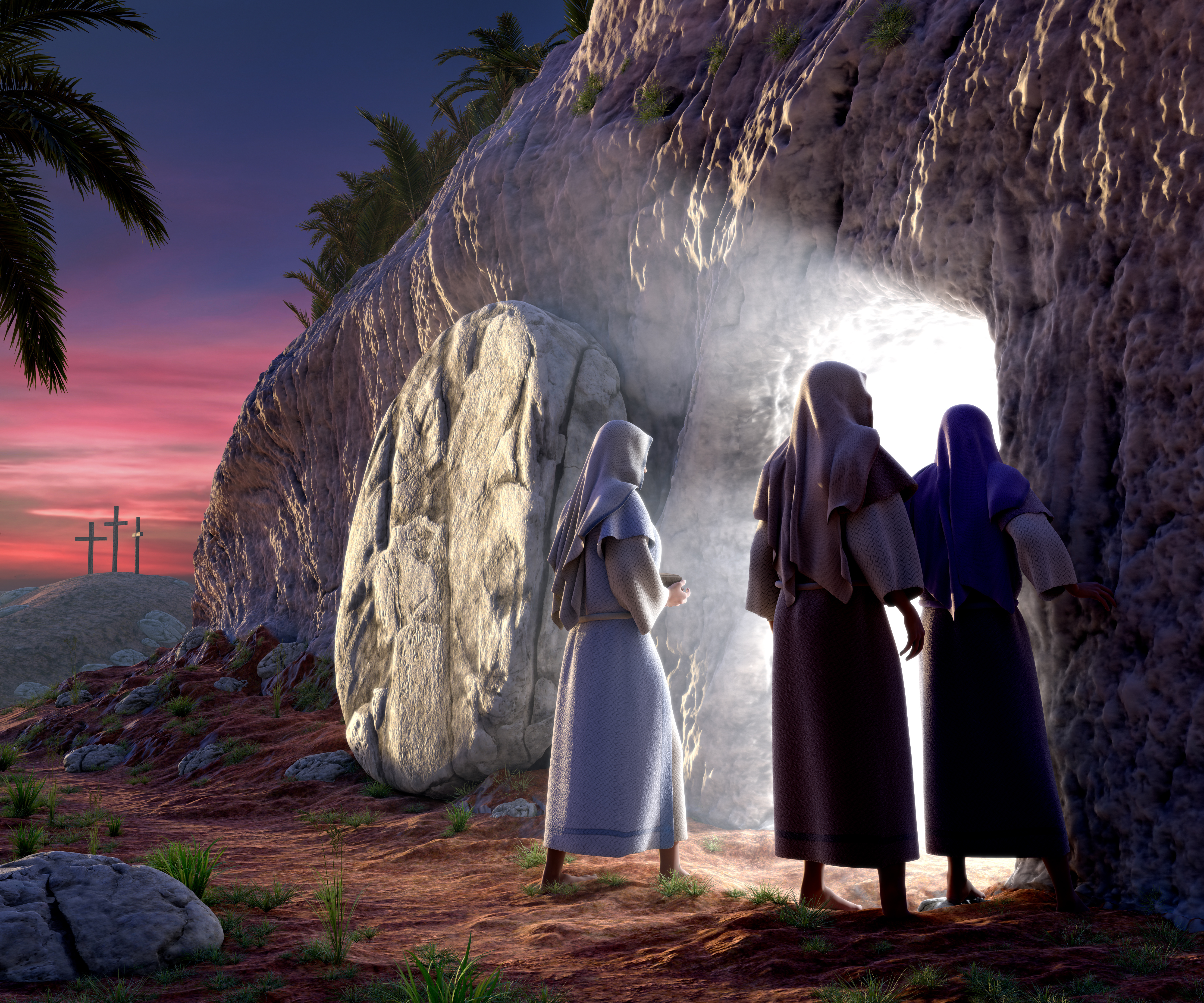Matthew 16:13, 18, Caesarea Philippi…gates of hell. This Roman city (also known as Caesarea Paneas) was located at the southwest base of Mount Hermon. After the death of Herod, and during the rule of the Roman procurators and up to the time of the Jewish revolt, Caesera became the capital and residence of the rulers (Golden Jerusalem, by Menashe Har-El, p. 52). It was here that the ancients built temples to various deities. The heathens typically built altars and temples on high places, which they considered to be gateways or portals to heaven, and Mount Hermon was the highest high place in the entire region with an elevation of 9,232 feet above sea level. At this place, the Greeks worshipped their god Pan. In the same area at the base of Hermon, the Canaanites worshipped Baalgad (Josh 13:5; cp. Josh 11:17).
It is interesting to note that according to the modern Book of Enoch touting to be the one referred to in the Bible, purportedly 200 fallen angels descended upon Mount Hermon and there made a pact to seduce the beautiful daughters of men the result of which, allegedly, were the nephilim or giants (Enoch 7:1–11), thus corrupting the genetics of the human race. These hybrids were destroyed in the flood. These demons apparently taught their offspring sorcery and incantations (v. 10).
It is at Caesarea Philippi that Yeshua proclaimed his messiahship, as a prophetic declaration of war or a form of spiritual warfare against Satan and his demons at the very spot the heathen demon worshippers venerated as their highest high place.
Moreover, some biblical scholars believe that Yeshua’s transfiguration occurred on Mount Hermon, since the account of this event occurs immediately afterwards in Matt 17. At that event, the three disciples with Yeshua received a vision of his glorious appearance, which was another finger in the eye of the devil. HIs second coming is when Yeshua will destroy the devil’s kingdom and and capture him and confine him in chains to the abyss.
The tribe of Dan settled at the foot of Mount Hermon in the area of Tel Dan where they erected a pagan temple dedicated to golden calf worship. Jacob in his final prophecy to his sons connects Dan to a serpent (a biblical metaphor for Satan). Additionally, Moses prophesies that Dan would be a lions whelp or offspring who would inhabit Bashan, which is an area to Mount Hermon in the north (Deut 33:22; see notes on this verse). Some Bible researchers speculate that when these two prophecies are combined, it is revealed that Dan will be the serpents seed and from him will come the false, demon-inspired antichrist who claims to be the lion of Judah. Perhaps this is why the tribe of Dan isn’t mentioned in Rev 7, since this tribe has defected to Satan.
It is also interesting to note that at this spot Yeshua proclaimed that the gates of hell would not prevail against his saints (v. 18). If Caesarea Philippi was or is a portal to the demonic underworld, as some believe, then this could be a portal through which the end time demons will emerge from the bottomless pit in the last days to torment men as part of YHVH’s end time judgments as John writes about in Rev 9:1–11. Whatever the case may be, it is encouraging to have Yeshua’s assurance that the end times saints will have nothing to fear from the hellish demonic spirits that will be roaming the earth seeking to kill, steel and destroy just before his second coming. Moreover, YHVH promises in Rev 9:4 that his saints who have his seal on their foreheads will be protected from the unleased demonic hordes that will torment the earth in the end times.






